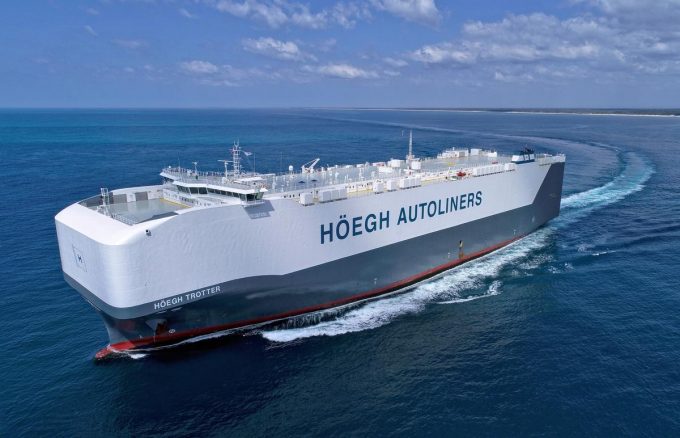China tightens rules on hazardous cargo at Ningbo
Container lines, already squeezed by schedule pressures due to the longer transits around the Cape ...

Höegh Autoliners, which is converting some of its fleet to run on ammonia, is among the beneficiaries of a new $112.3m funding round by the Norwegian government, via green investment fund Enova.
But uptake of ammonia in shipping has been slower than expected, primarily as a result of safety concerns.
The toxicity of ammonia fuel means even a small leak can be deadly at a range of kilometres – apart from the threat to an insufficiently trained crew, an leak could pose ...
Volcanic disruption at Anchorage could hit transpacific airfreight operations
Macron calls for ‘suspension’ – CMA CGM's $20bn US investment in doubt
Forwarders stay cool as US 'liberation day' tariffs threaten 'global trade war'
Shippers snap up airfreight capacity to US ahead of tariff deadline
De minimis exemption on shipments from China to the US will end in May
Tighter EU import requirements proving 'a challenge' for forwarders
Looming Trump tariffs will create 'a bureaucratic monster' for Customs

Comment on this article